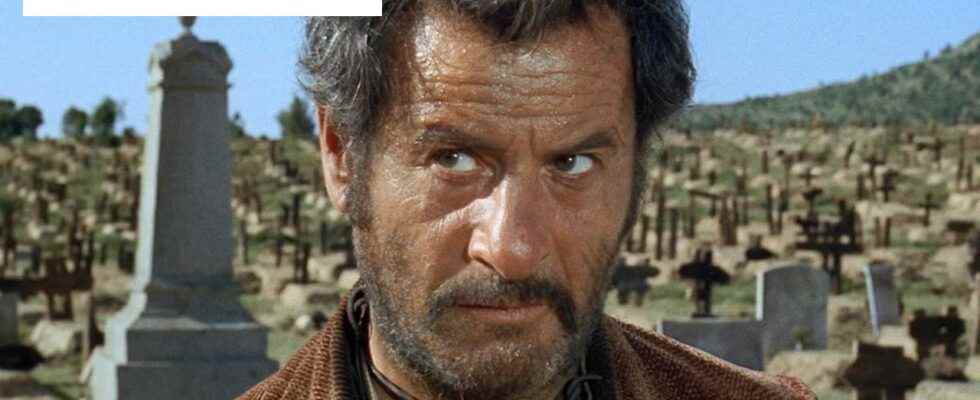In “The Good, the Bad and the Ugly”, Eli Wallach probably delivers the role of his life, in the guise of Tuco. One of the most cult characters of the 7th Art, which owes a lot to the monstrous slaughter and the brilliant improvisations of the actor.
Do we really have to introduce you to Tuco Benedicto Pacifico Juan Maria Ramirez, alias “Tuco” for those close to him, undoubtedly one of the most cult characters of the 7th Art? Entered into legend with his insane incarnation of the Mexican Ugly, allying himself with Blondin against Setenza in The Good, the Bad and the Ugly, everything is absolutely cult in the character brilliantly embodied by Eli Wallach. Starting of course with his replicas, known at the fingertips of aficionados around the world.
“An Italian western? How about a Hawaiian pizza!”
Sergio Leone loved the actor in his portrayal of outlaw Charlie Grant in 1962’s The West End; and, perhaps even more so, his portrayal of Mexican bandit leader Calvera in John Sturges’ The Magnificent Seven.
“My agent phoned me in Los Angeles to tell me: ‘there is an Italian director who has seen your films about the West and bandits and he would like to meet you for a film'” told the actor to film historian Christopher Frayling, a great specialist in transalpine westerns. “I said, ‘What kind of movie? – An Italian western… – I’ve never heard of Italian westerns. How about a Hawaiian pizza?’
Anyway, I met Sergio, who didn’t speak a word of English. He said to me, in French: ‘I would like you to act in my film. I will show you. Would you like to see a passage of it?’ And when I saw what they did with his name in the credits of And for a Few Dollars More, I was like, ‘this guy has a sense of humor’.”
Wallach captures Tuco
When he knew what he was going to do, Eli Wallach asked Henry Hathaway, with whom he had shot two films, to choose the straw hat that Tuco will wear throughout the film, but also his leather knee pads, worn in Mexico to protect themselves from brush. The filmmaker is thrilled to see how eager Wallach is to take on his character.
“One of the things I liked the most about him was that he was willing to take risks, to let me do what I wanted with the character of Tuco. ‘Would you mind if I wore braces? – No, certo, do as you feel!'”
Taken at his word, Wallach then multiplies the improvisations and the brilliant discoveries to camp his unforgettable scoundrel. For example the way Tuco makes the sign of the cross, very quickly. “I thought it would be fun to do it two or three times in a row!” Leone loves it, and drops him a “Keep going! Keep going!”.
He improvises one of Tuco’s most famous lines, when he is surprised in his bath by an old enemy who has a score to settle with him. Shooting him from his bathtub, he gets up and throws a “When you shoot, you don’t tell your life!” (in VO: “When You Have to Shoot, Shoot! Don’t Talk!”). The team behind the camera, including Sergio, chokes with laughter.
Check out the sequence…
Another brilliant sequence, that of the gunsmith. Wallach is told how to assemble and disassemble a gun; the person concerned had no understanding of weapons. On the other hand, he had carte blanche for everything else. All his wanderings in the store, his review of the various weapons offered by the salesman, and even the idea of putting the sign of the store in the mouth of the gunsmith, come from Eli Wallach, who improvised. Absolutely fabulous.
Died at the very venerable age of 98, filming tirelessly even until he was 94 in The Ghost Writer, which will be his last screen appearance, Eli Wallach left an inimitable mark in the 7th art, according to a career rich in many masterpieces. But he will remain for eternity Tuco Benedicto Pacifico Juan Maria Ramirez.
